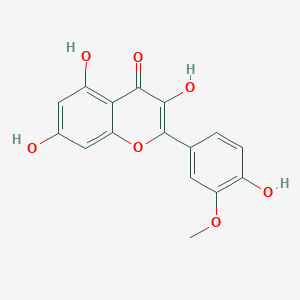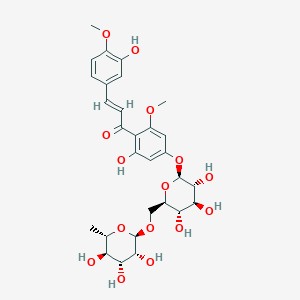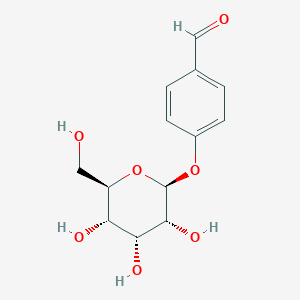Description
Oleanolic acid is a pentacyclic triterpenoid found in many plants, including fruits and vegetables, and is extracted and isolated using various techniques and chromatography platforms. Oleanolic acid serves as a foundation for the development of novel semi-synthetic triterpenoids, which could aid in the discovery of therapeutic modalities for a variety of ailments.
Oleanolic acid is a natural compound found in a variety of plants, including olive leaves, garlic, and many herbs. It’s a type of triterpenoid, a class of chemical compounds known for their various biological activities. The main benefits and applications of oleanolic acid are quite diverse and include:
- Antioxidant Properties: Oleanolic acid is known for its antioxidant effects, which help in reducing oxidative stress in the body. This can be beneficial in protecting cells from damage caused by free radicals.
- Anti-Inflammatory Effects: It exhibits anti-inflammatory properties, making it useful in the treatment of various inflammatory conditions.
- Liver Protection: Oleanolic acid has hepatoprotective properties, meaning it helps protect the liver from damage. It has been studied for its potential to treat liver disorders.
- Antimicrobial Activity: This compound has shown effectiveness against certain bacteria and viruses, suggesting its potential use in fighting infections.
- Anti-Cancer Potential: Some studies have indicated that oleanolic acid may have anti-cancer properties, though more research is needed in this area.
- Diabetes Management: There is evidence suggesting that oleanolic acid can help regulate blood sugar levels, making it a potential adjunct in the management of diabetes.
- Skin Care: Due to its antioxidant and anti-inflammatory properties, oleanolic acid is sometimes used in skin care products to improve skin health and appearance.
- Cardiovascular Health: It may also have benefits for heart health, including reducing cholesterol levels and protecting against atherosclerosis.





